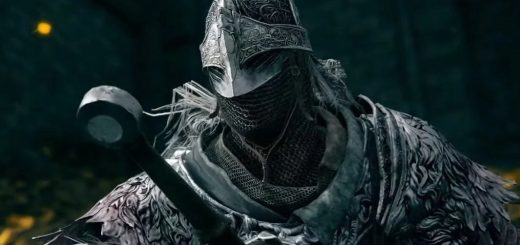How is a battle system like a poem?
I’ve been fascinated lately by micro-RPGs, and specifically micro-JRPGs. Typically crafted in RPG Maker and published on Itch.io, these clever miniatures run a wide gamut, as I learned from a Twitter chat with sraëka-lillian, creator of the experimental OI series. Some, like GeaSaga from Ka·in Works, are full-scale distillations of classic role-playing narrative structures, trimming back all the grinding, exposition and angst to a limber playlength of 10 hours or less. Others snip off and spotlight cherished pieces of those larger games, like slimes or fishing – I’d love to play one dedicated to the act of Getting The Airship, or a demo compilation of Sleepy Starting Villages. Micro-JRPGs are often funny or parodic – there’s a certain, baked-in whimsy to the thought of a role-playing game you can polish off in an evening – but they can also be earnest and melancholy. Facets from Far Away Times, for example, is a series of boss dungeons that form a harrowing story about erasing somebody’s personality.
Whatever their tone or focus, micro-RPGs show that miniaturisation in itself can be a kind of critique. In shrinking the playtime, they concentrate and reveal things about the games they riff on that are hard to visualise when you’re trudging through the second act of a hundred hour adventure. In particular, they’ve gotten me thinking afresh about one of my great passions, the grandly staged and rulebound combat encounters of JRPGs from the PS1 era and before, and how these antique yet enduring fixtures suggest a different, healthier way of engaging with the games I identified in a recent article as morbid exercises in busywork and scale. In presenting themselves as separate structures – martial dioramas, sealed off from exploration and the narrative behind loading breaks, with their own scenery and soundtracks – these skirmishes invite a reading of their games not as over-inflated sagas or scenic hikes spoiled by the presence of a million Giant Rat reskins, but as collections of combative, poetical devices that come alive in the repetition.
To illustrate that, here’s a micro-review of Cataphract OI, sraëka-lillian’s latest project and one of my games of last year. Cataphract’s setting is caught in yet another videogame timeloop; fail, and the SNES-era world map melts and rebuilds itself like a sandcastle emerging from the sea. The Red Star Cohort, a trio of crack mercenaries, must break the cycle by escorting a mage called the Supplicant to the heart of a strange fortress. Helpfully, they’ve has left this to the evening before the loop resets. Every action, in or out of battle, advances the clock, so it’s just as well that navigation is so brisk. Pick a compass heading and your party scampers from room to room, fanning out automatically in a pleasing, understated kind of characterisation – the Satellite, your tank, is rarely far from the Supplicant’s elbow.
To make it to the centre you must scour each screenful of masonry for keys to coloured doors, always at the risk of discovering nothing and burning precious seconds. And of course, you must fight: the fortress is full of undead. Battle looks generic at first: a line of static sprites waiting to be bowled over like coconuts at a fairground; old school class abilities ranging from mana transference to instakill banishments; turn order determined by character initiative. But there is something powerfully bizarre at the heart of it all, and that is the Fray.


